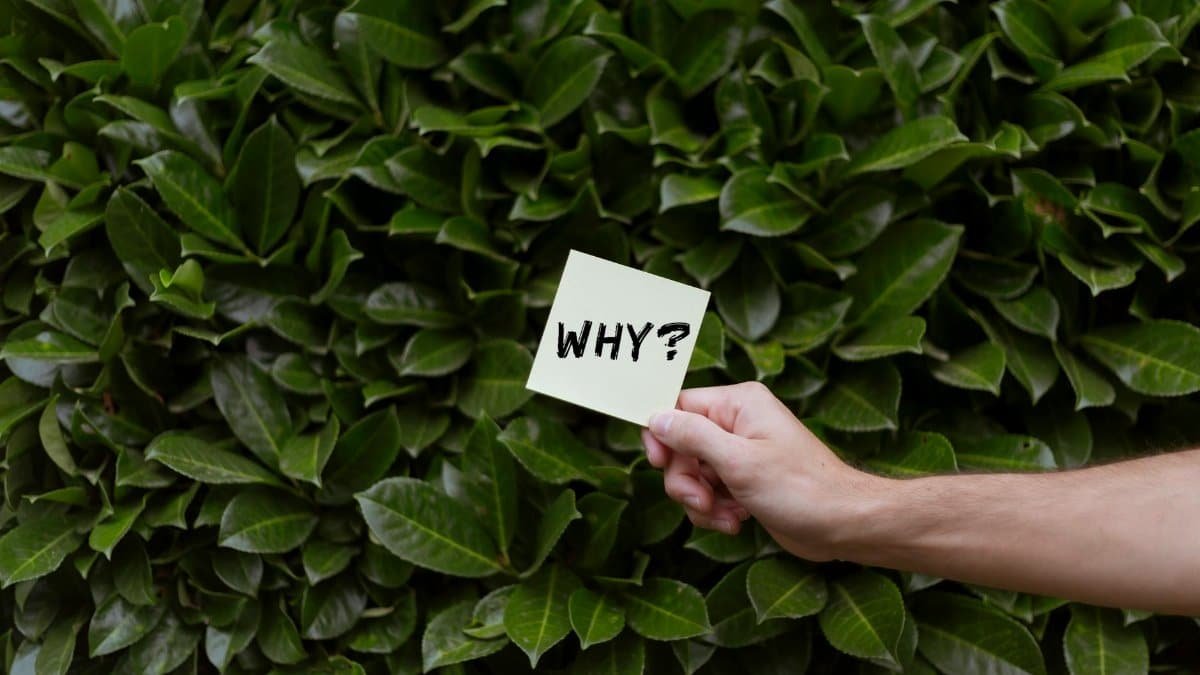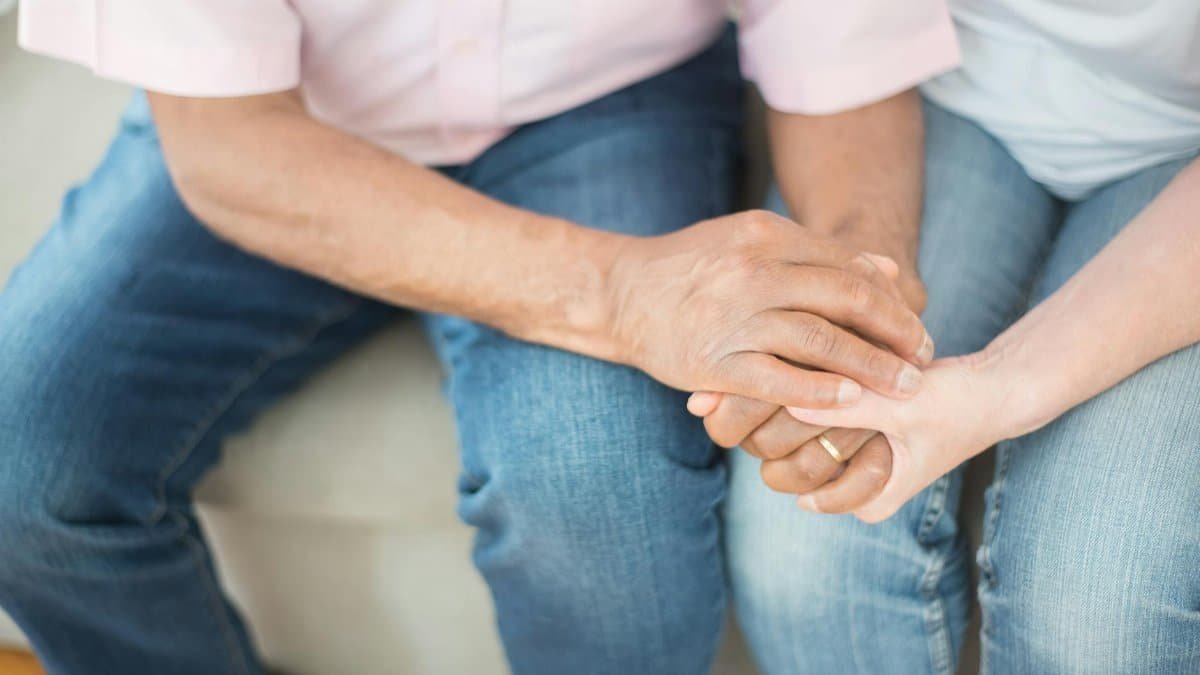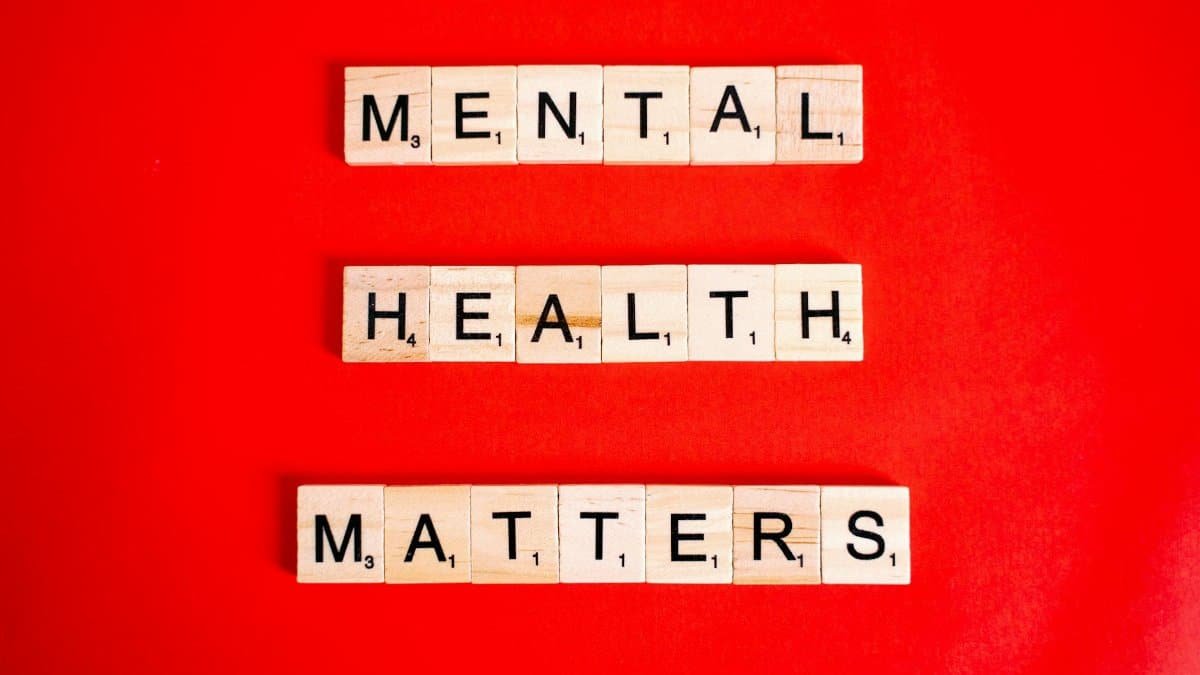Is mind-body healing really the solution everyone claims? As more Americans grapple with emotional wounds, this holistic approach—connecting mental and physical wellness—has gained traction. It’s not just about feeling better; it’s about addressing pain at its root. Whether through meditation, yoga, or therapy, mind-body healing offers a path to process grief before forgiveness can truly take hold. In a fast-paced world, this method is resonating with those seeking lasting recovery. Here’s why understanding this connection matters now more than ever in 2025.
What Is Mind-Body Healing?

Mind-body healing refers to practices that bridge emotional and physical health, recognizing their deep interplay. Techniques like mindfulness, breathwork, and somatic therapy help individuals process trauma and stress stored in the body. Research shows this approach can lower cortisol levels, easing anxiety. For those grieving, it creates space to feel pain without judgment, a critical step before forgiveness. It’s not a quick fix but a foundational tool for holistic recovery.
Why Grieve First?

Grief is often a messy, overlooked process, yet it’s essential before forgiveness can happen. Mind-body healing emphasizes sitting with pain—whether through guided meditation or journaling—to acknowledge loss or hurt. Experts note that skipping this step can lead to suppressed emotions resurfacing as physical ailments like headaches or fatigue. In 2025, with mental health awareness growing, more Americans are turning to these practices to confront grief head-on rather than rushing to “move on.”
The Physical Toll of Unprocessed Grief

Unresolved grief doesn’t just weigh on the mind; it manifests physically. Studies link chronic stress from unaddressed emotions to heart issues and weakened immunity. A report from the National Institutes of Health highlights how stress hormones disrupt bodily functions over time. Mind-body healing targets these effects by calming the nervous system, often through practices like yoga, which can reduce inflammation and improve overall health.
How Forgiveness Fits In

Forgiveness isn’t about excusing harm; it’s about freeing yourself from its grip. But without grieving first, it can feel forced or hollow. Mind-body healing helps by fostering self-compassion through techniques like visualization or body scans, allowing individuals to release anger gradually. Therapists stress that this process can’t be rushed—forgiveness often emerges naturally once pain is fully felt and understood.
Practical Steps to Start Healing

Getting started with mind-body healing doesn’t require expertise. Begin with five minutes of deep breathing daily to calm the body. Apps or local classes for mindfulness meditation can guide you through processing emotions. Physical movement, like walking or stretching, also helps release stored tension. The key is consistency—small, regular efforts build resilience over time, paving the way for emotional breakthroughs.
Evidence Behind the Approach

The science backs up mind-body healing’s impact. A study summarized by Harvard Health found that mindfulness-based interventions significantly reduced symptoms of depression and anxiety in participants. For those dealing with grief, such practices offer measurable relief, improving sleep and emotional regulation. As more research emerges in 2025, the credibility of these methods continues to grow, encouraging wider adoption.
Challenges to Watch For

While promising, mind-body healing isn’t without hurdles. Some find it hard to sit with painful emotions, especially early on. Others may lack access to affordable resources or trained practitioners. Patience is crucial—results aren’t instant, and pushing too hard can lead to frustration. Starting small and seeking community support, like group meditation, can ease the process for beginners.
Why It Matters Now

In a year like 2025, with stress levels high and mental health resources stretched thin, mind-body healing offers an accessible way to address personal pain. It empowers individuals to grieve fully before forgiving, fostering genuine emotional freedom. As this approach gains ground in the U.S., it’s clear that healing isn’t just a trend—it’s a necessity for lasting well-being.
